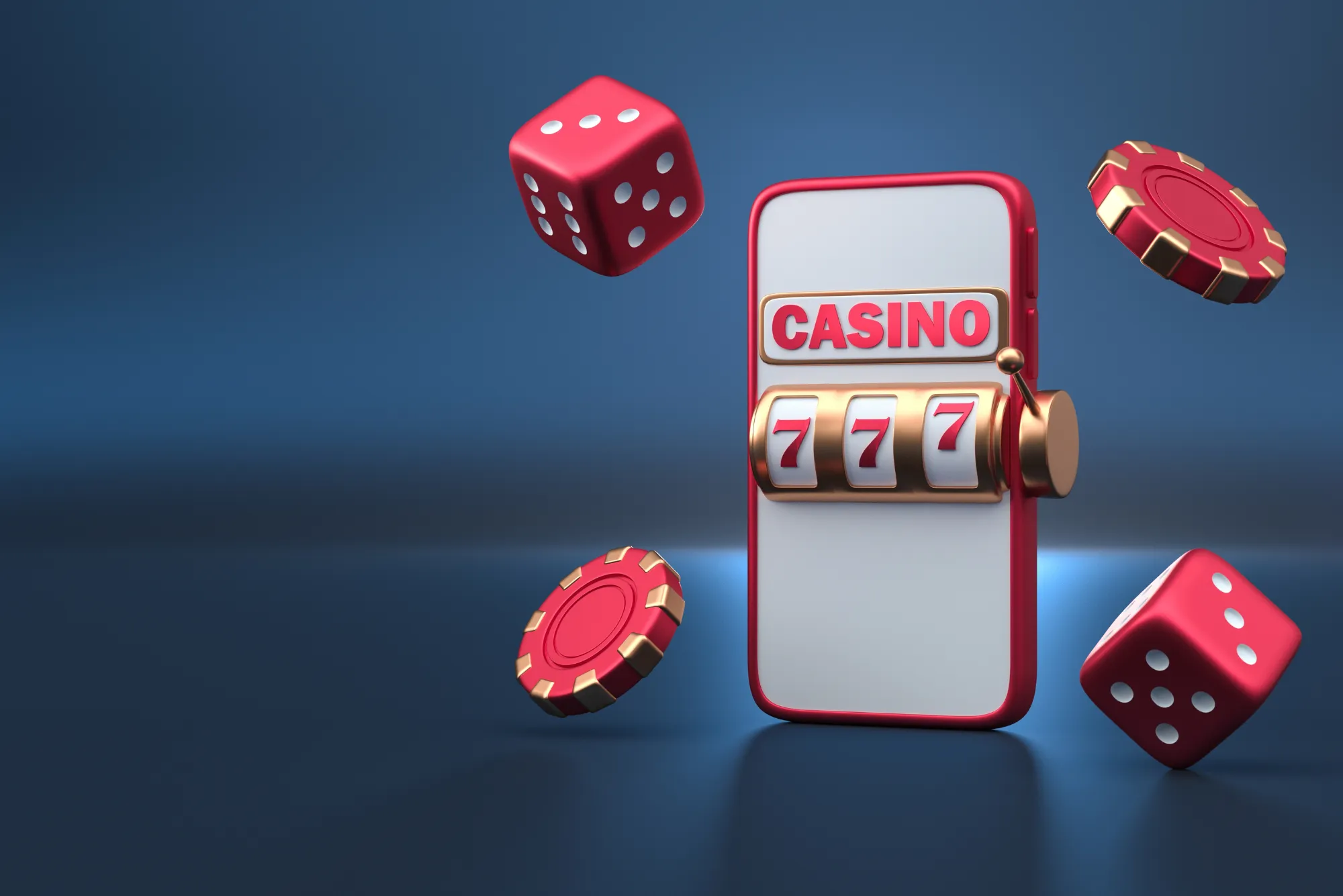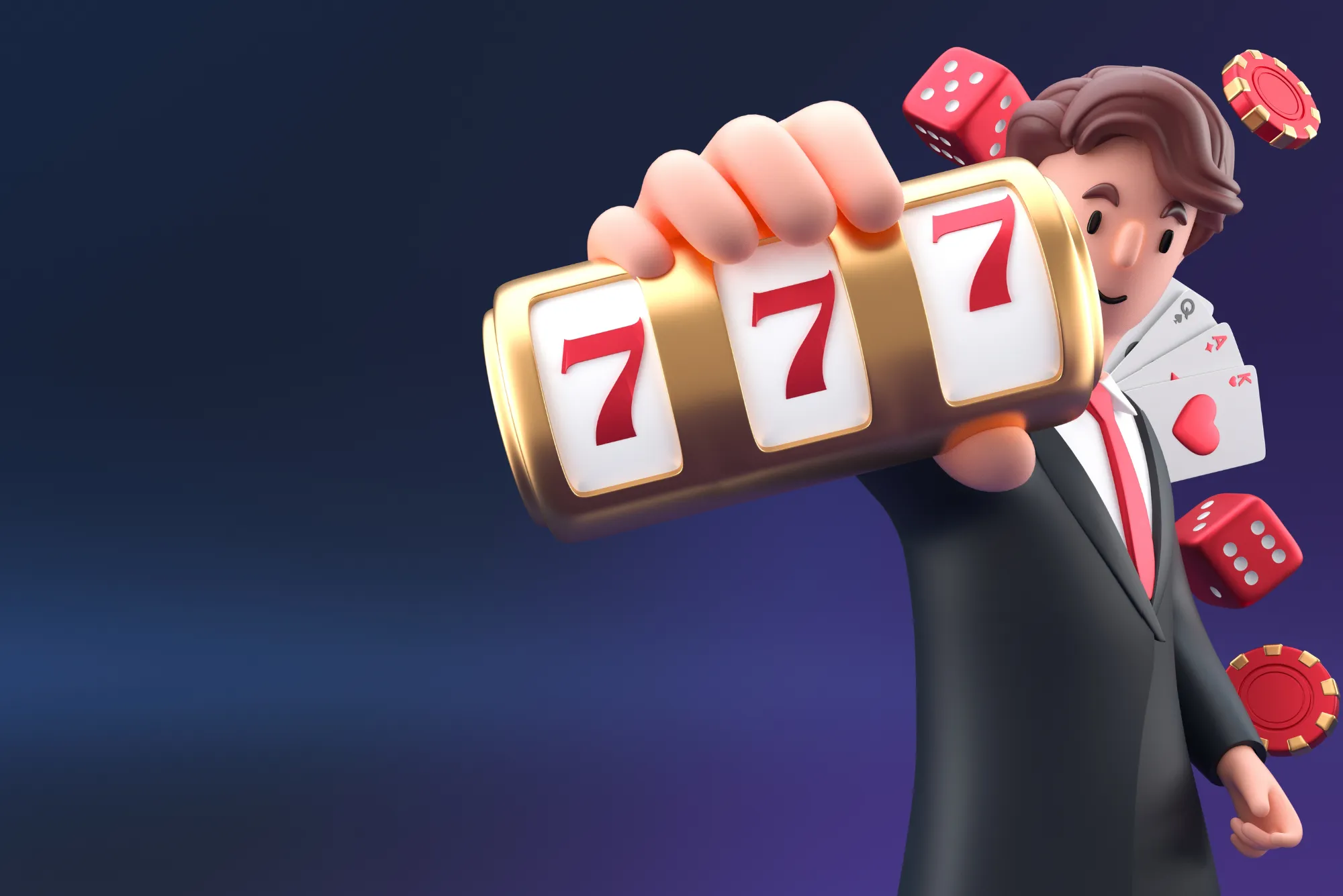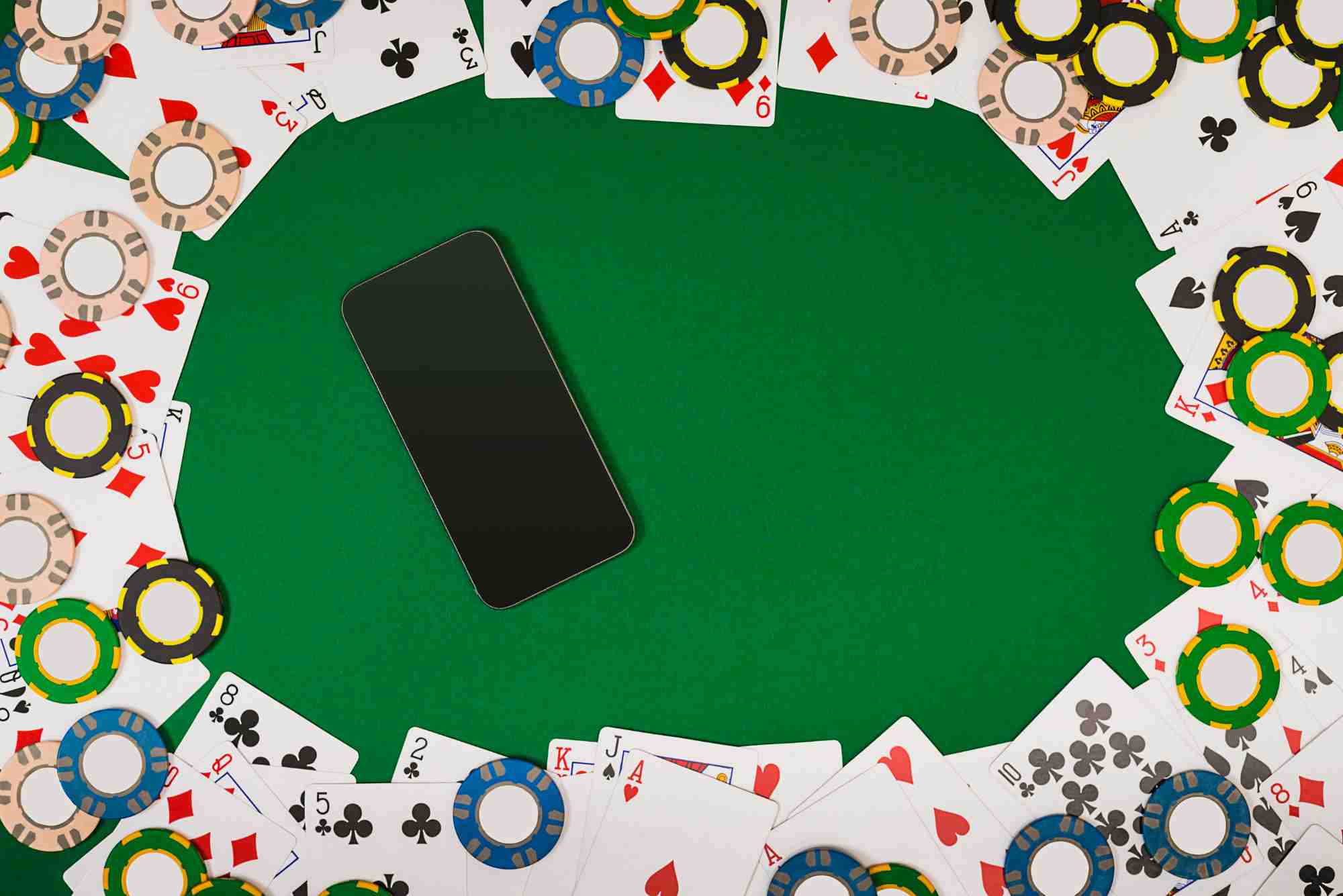Slot machines have long captivated gamblers with their bright lights, cheerful sounds, and the tantalizing possibility of a big win. Yet, anyone who’s ever played knows that “so close” feeling when two matching symbols line up and the third one just barely misses. These are known as near-miss spins, and they’re far from random coincidences—they’re carefully engineered to tap into our brains in powerful ways. In this article, we’ll dive into the psychology behind near-miss slot spins, explore how they affect player behavior, and even touch on how modern slot sites UK operators incorporate these insights into their games for maximum engagement.
Why Near-Misses Feel So Powerful
Most of us have experienced a near-miss in everyday life—missing a train by seconds, almost catching your phone before it slipped off the table, or nearly finding the last parking space at a busy mall. In those moments, something happens in our brain: we register that “almost” success and it feels spuriously rewarding. Slot machines amplify this effect by presenting near-miss outcomes as though you came within a hair’s breadth of winning. Instead of three identical cherries, you see two cherries perfectly aligned with the third just fractionally off the payline. Neuroimaging studies show that when players witness a near-miss, their brains exhibit activity patterns similar to those seen after an actual win—even though no money was won.
One reason this happens is that slot machines are programmed to cluster losing combinations just off the winning payline more often than chance alone would dictate. When a player sees that third reel pause just shy of matching, the brain’s reward circuitry releases a small burst of dopamine—the same neurotransmitter involved in pleasurable experiences like eating tasty food or receiving a compliment. Although the payout doesn’t occur, the feeling persists: you believe you were almost “right there,” and that fuels your determination to try again.
H2: How Casinos and Games Leverage Near-Miss Mechanics
Designers of physical casinos and modern online casinos understand that near-miss spins dramatically extend playtime and increase revenue. When you feel you “almost” won, you’re more likely to insert another coin or click “spin” again—despite rationally knowing that past outcomes don’t improve your chances in a random-number-generated system. Online operators, especially prominent slot sites UK like Totally Richmond, often incorporate near-miss programming into their digital reels to heighten this powerful motivational effect under the guise of “entertainment.”
H3: Random Number Generators vs. Perceived Patterns
Most slot machines—both brick-and-mortar and digital—rely on Random Number Generators (RNGs) to ensure each spin’s outcome is statistically independent. Yet, our brains are hardwired to seek patterns even in random sequences. When several symbols align, but the third misses, we perceive a pattern of “almost winning,” strengthening the illusion that skill or timing is involved. In reality, however, each spin is independent, and no amount of leaning on one side of the slot or clicking at a particular millisecond will change those odds.
H3: The Illusion of Control
Near-misses feed into the illusion of control—a cognitive bias where people believe they can influence outcomes that are actually driven by chance. A player might think, “If I pull the lever just as the third reel slows down, I might land the matching symbol.” That sense of “I almost had it” convinces the player they’re developing some tacit technique. Casinos and game developers know this drives more spins, more bets, and prolonged engagement with their games.
H2: Why Near-Misses Promote Continued Gambling
H3: Gamification of “Almost There”
Near-miss spins tap the same neural pathways as genuine wins, albeit at a lower intensity. Imagine playing for a while and landing two jackpot symbols on the first two reels—your heart pounds. The third reel spins into view, and it stops just shy of the winning line. Immediately afterward, you feel a flush of excitement followed by frustration. That rollercoaster of emotions—anticipation, elation, disappointment—heightens arousal. In other words, near-misses are arousing. They keep you hooked, because your brain registers them as partial success signals and wants you to chase that “full success” feeling.
H3: The “Losses Disguised as Wins” Phenomenon
Some slot games combine near-miss spins with another tactic called Losses Disguised as Wins (LDWs). If you bet $1 and the machine returns $0.40, the slot’s sounds and animations treat it as a mini-win—bells ring, lights flash—despite you still losing $0.60. Layering LDWs on top of near-miss spins further blurs the line between winning and losing, making players feel like they’re on a “hot streak” even as their bankroll steadily diminishes.
H2: Real-World Examples and Practical Insights
H3: Personal Anecdote: “My First Near-Miss”
I still remember my first trip to Las Vegas at age 23. I sat at a fruit machine in a smoky casino lounge, nervously pressing the spin button. Twice, I lined up two golden bells in a row. The third reel slowed, paused, and just missed. My heart raced; I felt a sudden jolt of “I could do this.” I kept playing for nearly an hour after that, well beyond what I intended to spend. Even now, that memory reminds me how powerful near-misses can be—even seasoned gamblers fall for it.
H3: Why Understanding This Matters
Knowledge is power: once you recognize near-miss spins for what they are—engineered stimuli designed to keep you playing—you can make more informed decisions at the slot machine or when browsing slot sites UK. If you’re on an online casino, set a loss limit before playing. Don’t chase the idea that “I was so close.” Recall that each spin is independent, and near-misses are illusions.
H3: Practical Tips for Responsible Play
Set a Budget: Allocate a fixed amount of money for slots and walk away once it’s gone.
Limit Session Length: Decide on a time limit before you start spinning.
Take Breaks: Walk away after every 20–30 minutes to clear your head.
Know the Odds: Understand that slot machines are programmed to have a house edge, and near-misses don’t change that.
Avoid Alcohol: Playing sober helps you keep a clear mind and avoid chasing losses.
Seek Support: If you feel compelled to keep playing after a near-miss, consider talking to a friend or a support group.
Conclusion
Near-miss slot spins aren’t accidents—they’re the result of deliberate game design meant to exploit the way our brains interpret “almost winning.” By triggering dopamine release and reinforcing the illusion of control, casinos keep players engaged far longer than rational probability would justify. Whether you’re playing on a physical casino floor or scrolling through your favorite slot sites UK operators, it’s crucial to recognize these psychological tricks. Armed with that knowledge, you can make smarter decisions: set budgets, stick to time limits, and avoid the lure of “I was almost there.” At the end of the day, understanding how near-misses work is your best defense against falling into their powerful—and costly—trap.







